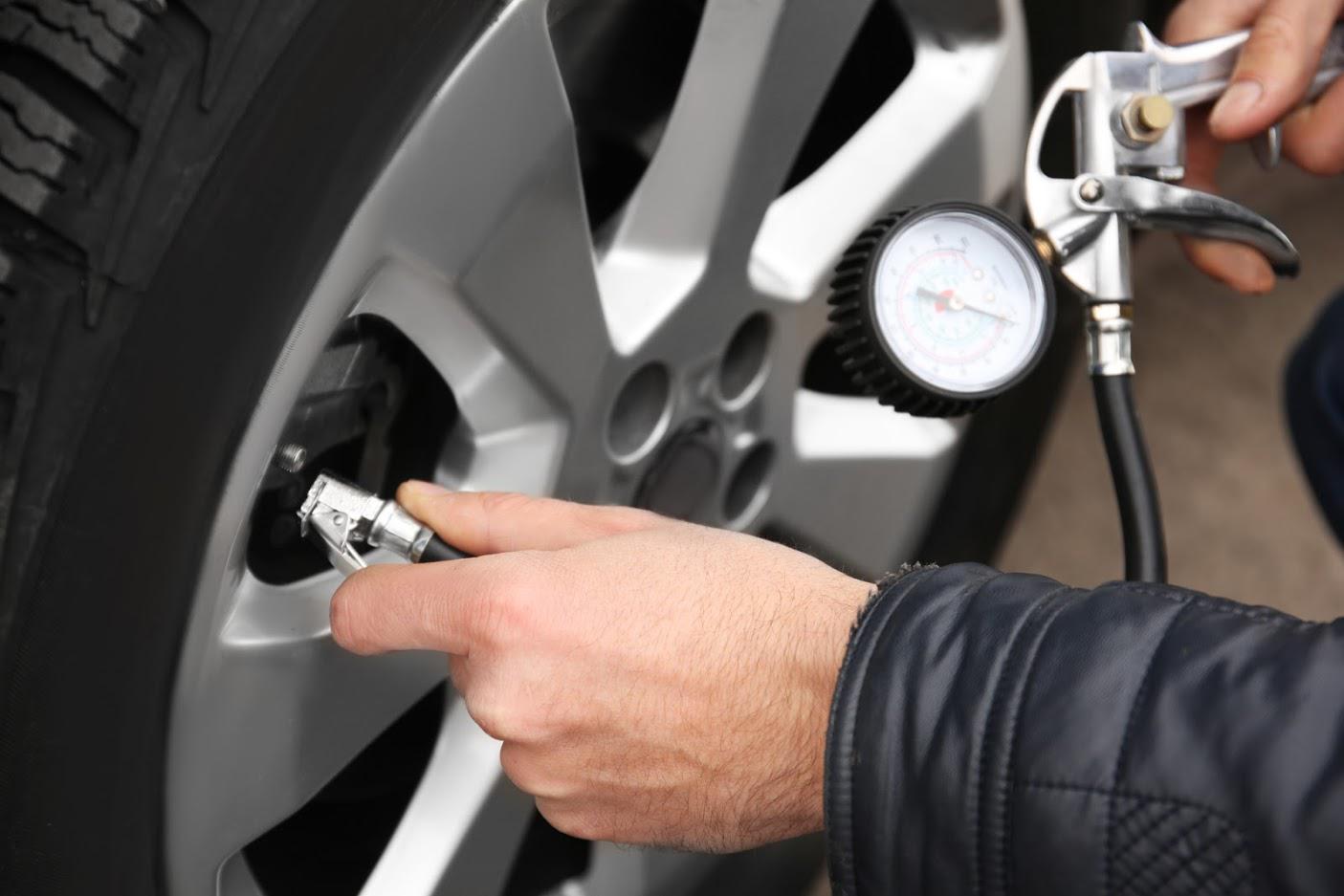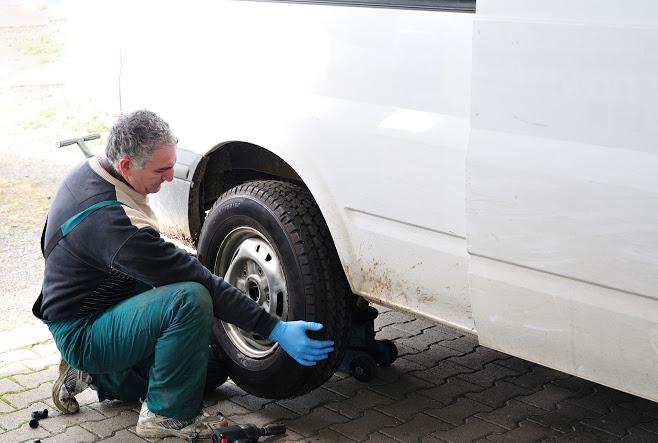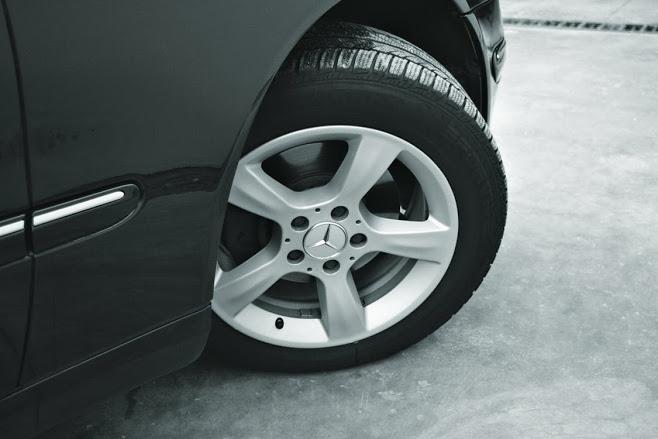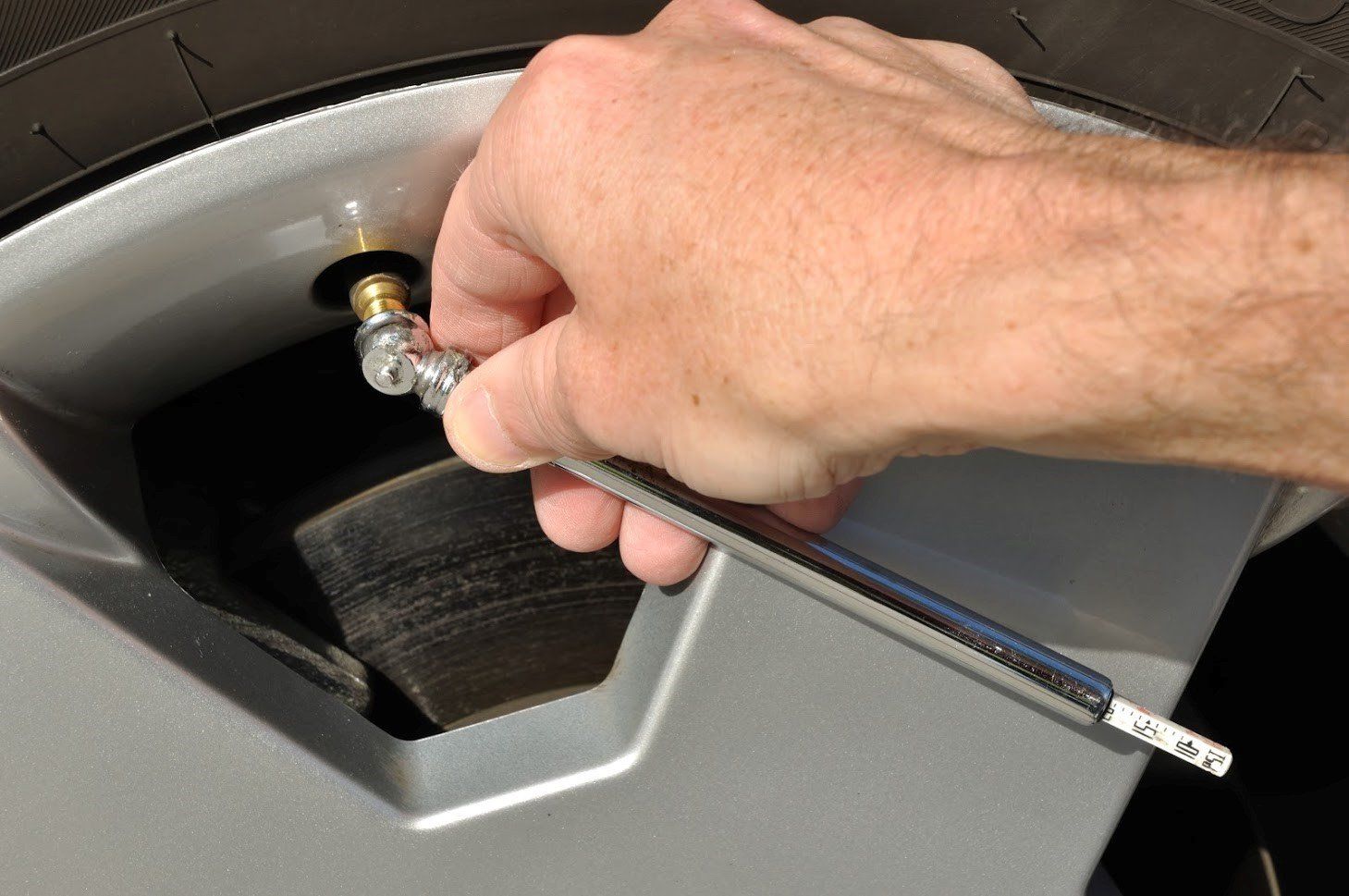Information to Know About Your Donut Spare Tire
- By Admin
- •
- 16 Aug, 2019
- •

Do you have a spare tire for your vehicle? Many people never give their spare tire a second thought until they find themselves stranded on the side of the road. Most vehicle manufacturers supply a donut tire for automobiles. This is a compact, space-saving tire that is meant for temporary use only. Here is what every vehicle owner should know about their spare.
How Does a Donut Spare Tire Differ from a Regular Tire?
The tire itself is usually made of a hard plastic-like material rather than rubber. A donut spare tire is significantly smaller than a regular tire, both in diameter and width. The donut spare is compact and gets tucked into a special compartment.
The rim is also made from lightweight metal. This makes maneuvering the spare tire easier than a full-sized traditional tire and lessens the weight of your vehicle. Another big difference in a donut spare tire is the tread. A donut spare tire has virtually no tread or siping, which are little grooves in a tire that increase traction.
Where Is a Donut Spare Tire Located?
Most automobile manufacturers use a wheel well compartment that is hidden under the floor of your vehicle's trunk. Some vehicles, such as sports utility vehicles and vans, may have an exterior wheel well compartment on the back hatch. Other vehicles may hang the spare tire from the frame under the vehicle. A few vehicles, typically foreign manufacturers, store the donut spare tire in the engine compartment.
How Fast and Long Can You Drive a Donut Spare Tire?
Most manufacturers and the American Automobile Association recommend you don't exceed 50 mph with a donut tire or travel more than 50 miles. The recommended limitations are usually stamped on the tire's sidewall. If you suffer a blowout on the interstate, use a donut tire only to get you to the next exit and the nearest tire shop.
How Does a Donut Spare Tire Affect Your Driving?
Drive gingerly and attentively when you have a donut spare tire on your vehicle. Because a donut spare tire is smaller than your other tires, the vehicle will often pull to the side the spare is on. This is especially true when braking. It is important to have a firm grasp of the steering wheel when driving with a donut spare tire.
A donut spare tire also requires slowing down more when taking corners. A vehicle with a donut spare does not handle as well as a regular tire. If you are driving in adverse conditions, such as rain, ice, or snow, you will need to be even more cautious as the donut spare tire doesn't have much tread and will supply little to no traction.
How Does a Donut Spare Tire Affect Your Vehicle?
While a donut spare tire is a great quick fix for a tire emergency, it is not good for your vehicle long-term. Driving with a donut spare tire is hard on your vehicle's differential. The differential is the car part that sends power from the transmission to the wheel.
The differential controls how your wheels turn and the speed at which they do so. Because a donut spare tire is smaller than a regular tire, the differential has to work differently and harder than it normally does. A donut spare tire is also hard on your vehicle's alignment, anti-lock braking system, and other tires.
How Should You Care for Your Donut Spare Tire?
You should check your donut spare tire's air pressure every time you check your other tires. The recommendation is once a month. Your tires need rotating every 3,000-5,000 miles, and this is a perfect time to have your tire service provider inspect your spare tire as well. A donut spare tire can break down over time.
If you have any questions about your donut spare tire, need a new spare or regular tire, or want to schedule a tire rotation and balance appointment, contact us today.
















